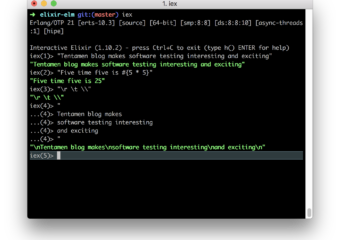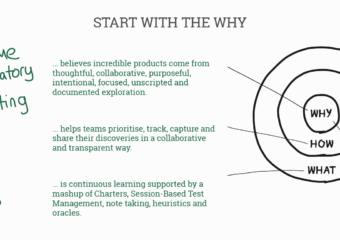Testing From Trenches, Example Mapping On Tenet Timeline
example mapping, testing from tranches
TL;DR Tenet is the last Christopher Nolan movie. In this post, I will try to figure out the Tenet timeline using an example mapping technique. Be noted that post has…












